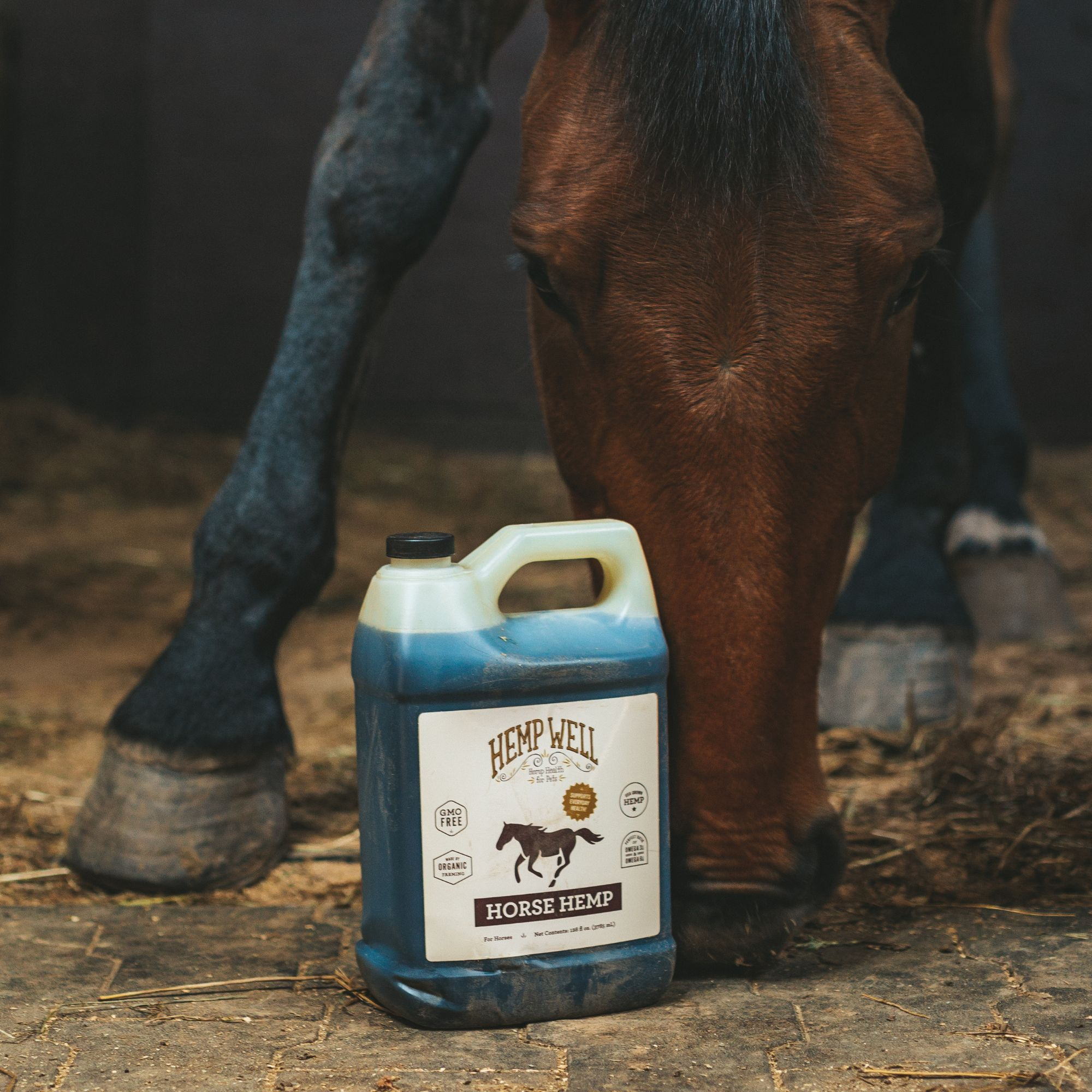How Do Dogs Get Mange and What Is It?

Mange in dogs is a skin condition that can cause considerable discomfort and distress. It's a common issue among dogs, but with the right information, pet owners can take effective steps to prevent and treat it. In this article, we'll explore what mange is, how dogs contract it, and the best ways to handle this skin condition.
What Is Mange in Dogs?
Mange is a dermatological condition in dogs caused by mites. These tiny parasites can be hard to see with the naked eye but have a significant impact on a dog's skin and fur. There are two main types of mange, each caused by a different type of mite:
-
Sarcoptic Mange (Scabies): Caused by the Sarcoptes scabiei mite, this highly contagious form of mange can spread quickly between animals and even to humans. The mites burrow into the skin, causing intense itching and discomfort, leading to redness, hair loss, and skin infections.
-
Demodectic Mange (Demodicosis): This type is caused by Demodex mites, which naturally live in small numbers in the hair follicles of most dogs. Problems arise when an immune system deficiency or imbalance allows these mites to increase dramatically in number, leading to skin issues. Unlike sarcoptic mange, demodectic mange is not considered contagious.
What Causes Mange in Dogs?
The transmission of mange depends on the type of mite involved:
-
Sarcoptic mange is highly contagious and can be contracted through direct contact with an infected animal or through contact with contaminated bedding, brushes, or other items. It's common in crowded environments like shelters or kennels.
-
Demodectic mange typically doesn't spread through contact. Instead, nearly all dogs naturally carry a small number of demodectic mites, inherited from their mothers in the first few days of life. Problems occur when a dog's immune system is unable to keep these mites in check, leading to an overpopulation.
Symptoms of Mange
The symptoms of mange can vary depending on the type:
- Sarcoptic Mange: Look for intense scratching, restlessness, skin redness, sores, and hair loss, often starting on the ears, face, and legs.
- Demodectic Mange: Symptoms might include thinning hair, bald spots, scaling, and red skin, often starting on the face.
Diagnosis and Treatment
If you suspect your dog has mange, a visit to the vet is essential. Diagnosis typically involves skin scrapings that are examined under a microscope to identify the type of mites.
Treatment varies based on the type of mange:
- Sarcoptic Mange: Treatment may include prescribed medicated shampoos, dips, and oral or topical medications designed to kill the mites. Environmental cleaning is also crucial to prevent re-infestation.
- Demodectic Mange: Treatment can involve medicated shampoos and possibly oral medications. Because this type of mange can be related to an underlying immune problem, addressing the overall health of the dog is also important.
Prevention
Preventing mange involves maintaining good hygiene and regular veterinary care. Keeping your dog healthy, reducing stress, and avoiding crowded, unhygienic conditions can help reduce the risk of mange. For sarcoptic mange, avoid contact with infected animals and ensure that any new pets are checked and treated if necessary before introducing them to your home.

While mange can be a distressing condition for both dogs and their owners, understanding the causes and treatments can help manage this condition effectively. Always consult with a veterinarian if you notice any signs of skin problems in your dog, as early detection and treatment can make a big difference in the outcome. Remember, a healthy dog is a happy dog!











